Heat guns are one of those tools that, when you need one, you pretty much have to have one.
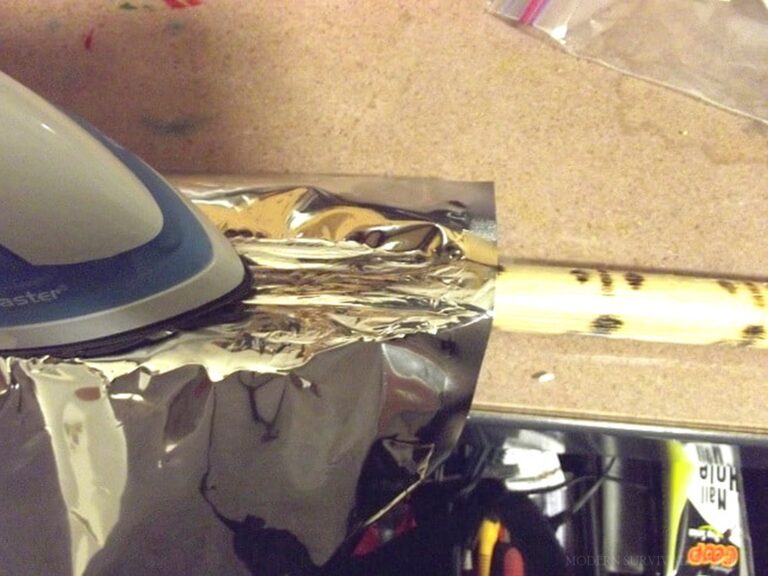
Nothing else can apply intense, directed heat with as much accuracy or safety. But, sometimes you just won’t have one and the work still needs to get done. What might you use to replace a heat gun?
Workable alternatives to a heat gun include a clothes iron, hair dryer, torch, lighter, Bunsen burner, stove, grill or any other open flame. Caution must be used when employing all of these to avoid an accident or damaging the workpiece.
Just because you don’t have a heat gun handy that doesn’t mean you won’t be able to turn up the heat. We’ll discuss the pros, cons and potential pitfalls of all of the alternate methods listed below.
Always Use Caution when Working with Intense Heat or Open Flame
Okay, it should go without saying that you must use maximum caution whenever you are working with any source of intense heat, and open flame in particular.
A moments and attention, carelessness or complacency could result in an accidental fire that can destroy your workshop, your home or even take your life.
Even tools and other resources that don’t emit an open flame can easily reach temperatures that will set combustible materials alight, particularly when you are done working and set them aside carelessly to cool down.
Always think through your actions, and take any necessary precautions to avoid accidents and ensure a safe workspace.
Also, the nature of producing and working with intense heat means that dangerous fumes and smoke could be produced, so you want to wear the appropriate PPE at all times, including a respirator, gloves, and eye protection.
Alright, that does it for the safety brief, let’s get on to our heat gun alternatives.
8 Replacements for a Heat Gun
1. Clothes Iron
A clothes iron is another tool that is present in virtually every house they can crank out some seriously high temperatures, and is especially well suited to applying those temperatures to broad, flat, smooth surfaces.
Depending on the make and model of the iron, it might be able to reach temperatures upwards of 500 degrees Fahrenheit.
I don’t know what kind of fabric requires that sort of intense heat to de-wrinkle, but it will definitely do the trick on all sorts of other surfaces.
For certain applications, a clothes iron has a lot to recommend it.
First, they are designed to be used and handled safely on a regular basis, often including things like safety switches, built-in stands to keep the hot parts off of any other surface when not in use and the fact that most people are already pretty comfortable using them.
The downside is that a clothes iron can only really work to apply heat directly to a flat surface, and the fact that they generally will not be able to reach the temperatures that a true heat gun will, nor apply that heat with pinpoint accuracy.
2. Hair Dryer
The other household appliance that is ubiquitous and present pretty much anywhere you’ll find people with hair is the hair dryer.
You can think of the hair dryer as the junior varsity version of a heat gun: it looks the same, handles the same, controls the same and works the same but it just isn’t as good.
However, a hair dryer might work just fine for certain applications when you just don’t need that much heat.
Basic shrink wrap or heat shrink tubing is one such application, as is softening hard but pliable materials or wicking moisture out of finished wood.
That being said, they do have drawbacks, namely the fact that they just don’t get anywhere near as hot as a true heat gun and the fact that they often don’t have the endurance of a heat gun, and will automatically shut down after being on for too long.
3. Torch
No, I’m not talking about an Indiana Jones style torch for exploring ancient ruins. I’m talking about butane and propane-fueled torches found in workshops and garages all across the country.
Often used for metalworking and other situations where truly intense heat is needed, it is possible to use a propane torch successfully, if cautiously, in place of a heat gun.
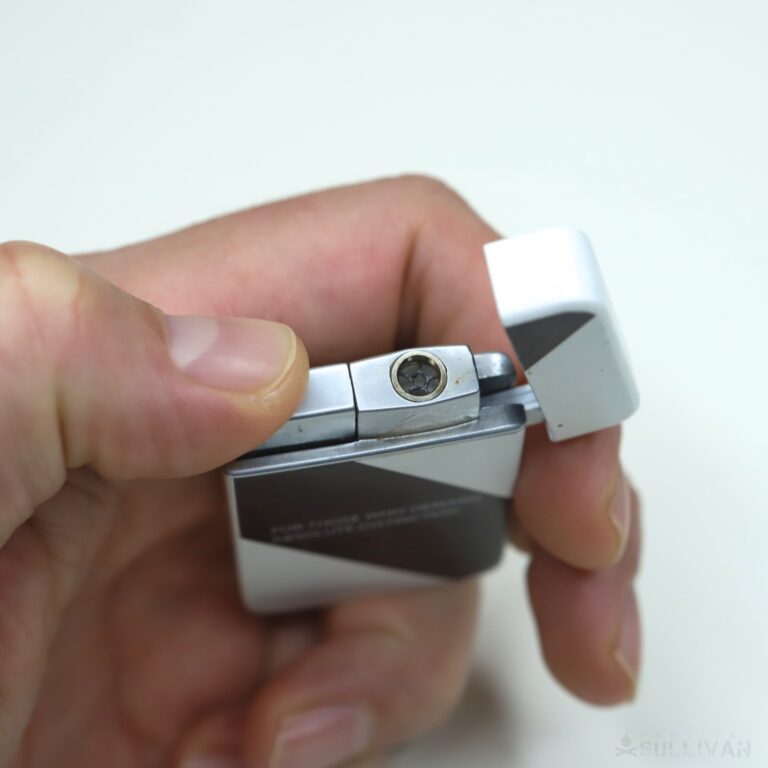
Whether you are using butane or propane, a torch can apply incredibly hot temperatures to a nearly pinpoint area and for a sustained amount of time, generally as long as the fuel tank lasts.
The bad news is that they are a common source of accidental fires, particularly when knocked over, and the fact that fuel gets expensive for tackling big jobs or repeated tasks over time.
4. Lighter
Sometimes the simplest version of a tool is all you’ll have, and sometimes it’s all unique. The common lighter, whatever fuel it uses, produces a tiny but useful flame with a flick of a switch.
Although it is nowhere near as intense as a butane or propane torch, it is nearly as convenient and more than adequate enough for common tasks like burning away frizzy ends of cordage, softening ductile metal wire, and other chores.
Convenient, cheap, generally safe, and easy to use, lighters have a lot to recommend them but it isn’t all good news.
They’re greatly limited by the amount of time you can keep the flame on before the housing grows too hot to hold, or even risks rupturing in a dangerous explosion.
Generally, you’ll have no more than 20 to 30 seconds of sustained flame before you risk burns or worse.
For the smallest jobs, or ones you’ll have to repeat many times, a lighter might still work fine.
5. Bunsen Burner
One of the most specialized heat sources on this list, a Bunsen burner is a specialized piece of laboratory gear that produces a small, precisely controlled and sustained flame for the conduction of laboratory experiments or atmosphere control.
These burners are notable for utilizing a specialized nozzle that will diffuse the flame and prevent the scorching of various vessels placed above it.
Stable, safe and typically connected to a virtually unlimited fuel source, at least in an actual lab setting, they’re one of the best and most reliable options for tightly controlled heat on demand.
They also happen to be inexpensive. However, they require the most setup to implement and might not be appropriate for jobs in the field or in confined spaces.
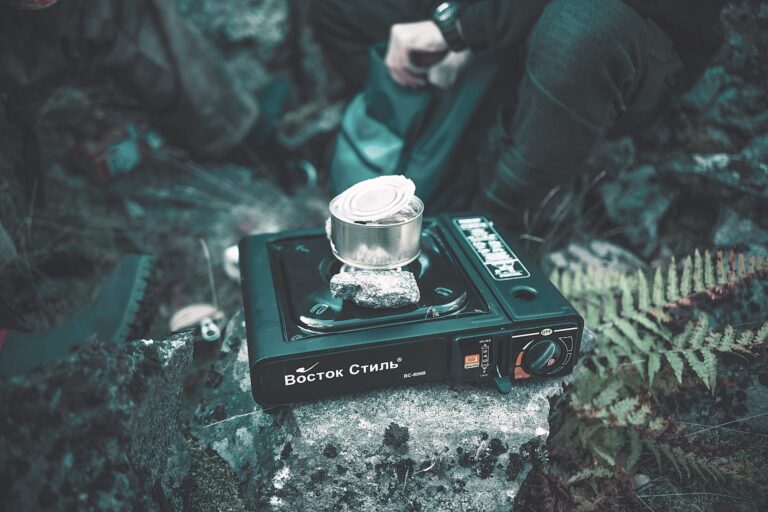
6. Stove
Believe it or not, if you really get in a pinch you might be able to use your indoor stove top to crank out enough heat to take care of whatever job you have at hand.
Totally reliable and capable of pumping out a ton of heat when all four burners are turned up high, stoves also have the advantage of being easy to operate.
However, the disadvantages are just as numerous. You cannot aim or even really position a stove when using it for any task that you might try to use a heat gun for.
You’ll have to bring your work piece to the burners and hold them in range to get the job done without burning them or burning yourself. Not as easy as it sounds sometimes!
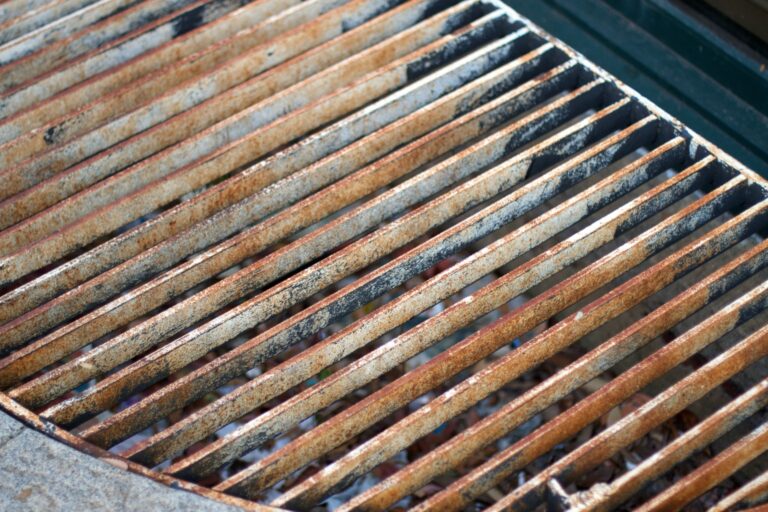
7. Grill
In the same vein as the stove, you can use an outdoor grill. The difference, of course, is it you’ll be outside and have a nominally smaller chance of burning your house down if things go wrong.
You still won’t be able to aim the grill or direct its heat in any meaningful way, and will have to position your workpiece over the roaring flames or the grate to get the job done.
8. Open Flame
Last but not least, when it comes right down to it you can use any other sort of open flame when intense heat is called for. Everything from a burn barrel to a campfire, candle or anything else might be enough to take care of the job.
The obvious downside is, of course, that open flames are unpredictable and you’ll always run the risk of scorching your workpiece and controlling the specific amount of heat applied can be quite challenging.
I need for greater temperatures requires an even bigger fire, and that entails more risk, more fuel consumption, and more setup if you want to do the job safely.
Nonetheless, where there is a will there is a way, and an open flame might be the only thing you have to call upon lacking a heat gun.
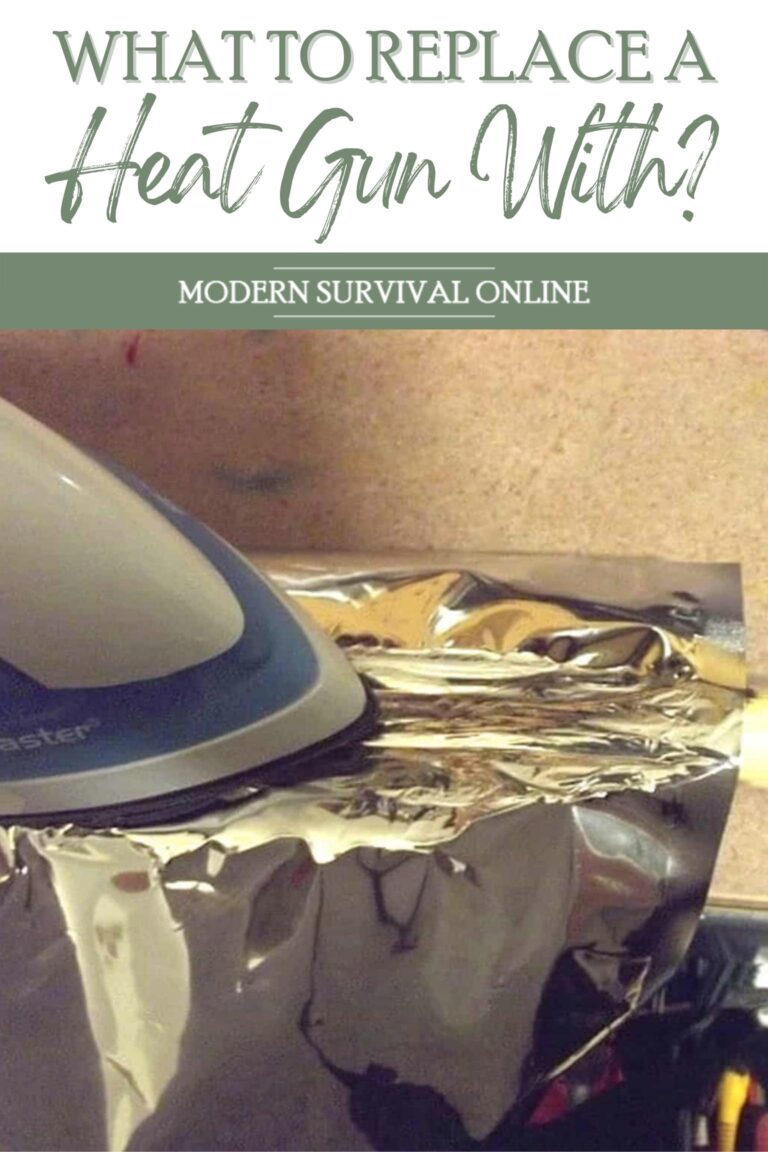

Like what you read?
Then you're gonna love my free PDF, 20 common survival items, 20 uncommon survival uses for each. That's 400 total uses for these dirt-cheap little items!
We will not spam you.